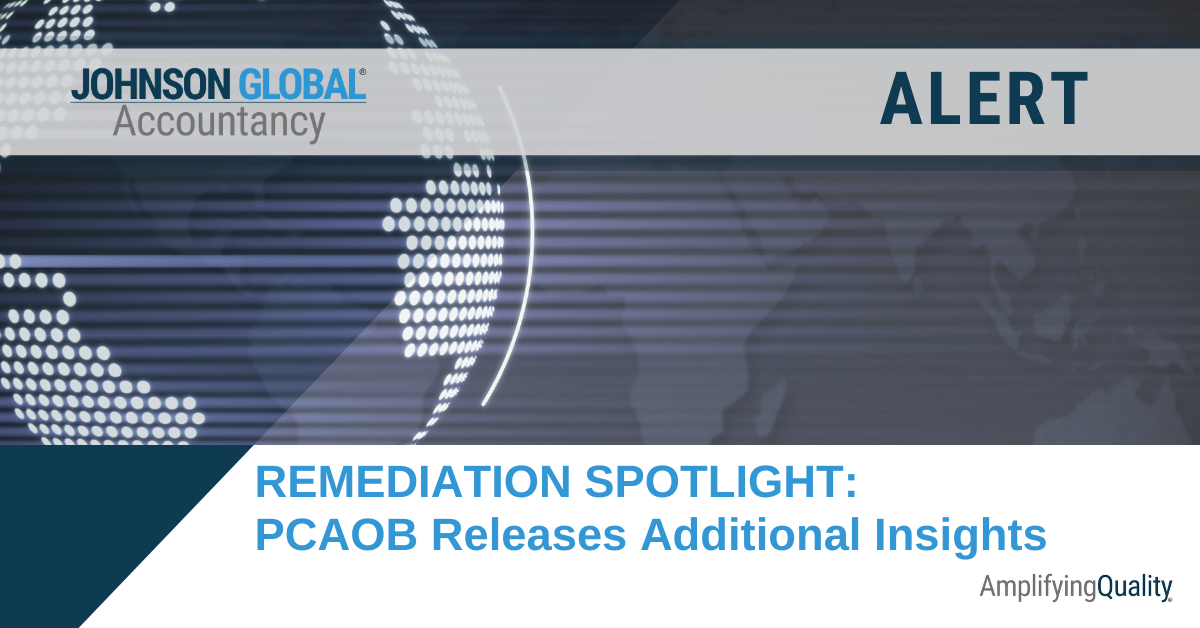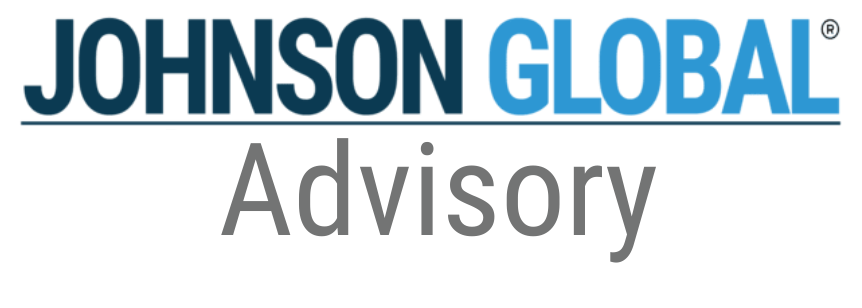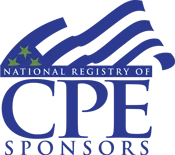By Jackson Johnson
•
July 30, 2025
Introduction In today’s regulatory climate, audit firms must take a fresh look at how they evaluate engagement acceptance and client continuance. The stakes have never been higher. With the PCAOB’s newly adopted QC 1000 standard and the AICPA’s SQMS 1 framework now in effect , firms are expected to demonstrate a more rigorous, risk-based approach to quality control—starting with the very first decision: "Should we take this engagement?" The PCAOB recently released a new Audit Focus: Engagement Acceptance on this topic (Audit Focus). At the same time, we’ve been speaking, writing, and helping firms improve their process in this area. On the steps of PCAOB’s recent and timely guidance, this article explores the evolving risk landscape and offers practical guidance for firms to strengthen their engagement acceptance protocols in line with new regulatory expectations and JGA’s quality management insights. The New Risk Landscape: What QC 1000 and SQMS 1 Require The PCAOB’s QC 1000 standard introduces a scalable, risk-based framework that applies to all firms performing PCAOB engagements. It emphasizes that engagement acceptance is not just a procedural checkpoint, it’s a critical quality control decision that must reflect the firm’s risk profile, independence safeguards, and capacity to deliver a high-quality audit. Key risks highlighted in QC 1000 include: Independence and ethics violations: Firms must have systems to identify and escalate potential conflicts, including automated tracking of financial interests. Monitoring of in-process engagements: Firms are expected to assess quality risks before and during engagements, not just after the fact. Scalability and oversight: Larger firms face enhanced requirements, including external oversight and formal complaint tracking mechanisms. Similarly, SQMS 1 requires firms to design and implement a system of quality management that includes robust procedures for engagement acceptance and continuance. These procedures must consider: integrity and reputation of the client firm competence and resources ethical and legal requirements, and risks to audit quality and compliance. Issues arising from poor or inconsistent client or engagement acceptance policies and procedures isn’t new, but is being looked at in new ways by firms and their regulators with the: decrease in public company auditors qualified or going to market on conducting public company audits increasing number of firms that have been stripped of their privilege to conduct public company audits, and movement of companies to different auditors (think BF Borgers as the most egregious example, but your typical attrition in the most common case). The PCAOB, AICPA, and other regulators around the world, will take these business risks and apply them in a new lens in their inspection, peer review, and enforcement processes as they look at how firms have identified and addressed risks when implementing their QC system when it comes to client acceptance. Improving Communications: Predecessor Auditors & Audit Committees Recent PCAOB inspection findings and the Audit Focus document emphasize that engagement acceptance decisions are under increasing scrutiny. Deficiencies in areas like AS 1301 (Communications with Audit Committees) and AS 2610 (Successor Auditor Communications) often stem from weak or incomplete risk assessments at the outset of the engagement. Firms must be prepared to engage in transparent, candid conversations with audit committees, especially when the going gets tough. Whether it’s disclosing an unanticipated CAM , identifying a material weakness in internal control , or explaining a shift in audit scope, the ability to communicate openly and credibly is a hallmark of audit quality. Similarly, in our article on audit committees , we emphasized that audit committees are becoming more sophisticated and assertive. They expect auditors to be proactive, risk-aware, and ready to explain their judgments—not just their procedures. The Audit Focus does a great job of asking questions for firms to consider in assessing the quality of both management and the AC. As part of your engagement acceptance process, assess not only the technical risks of the engagement, but also the firm’s ability to maintain transparency and trust with the audit committee. Ask: Will we be able to have frank conversations with this client’s governance team? Are we prepared to deliver difficult messages if needed? Do we have the right people and protocols in place to support those conversations Internal Inspections: Engagement Acceptance as a Root Cause The Audit Focus also highlights how engagement acceptance decisions can directly impact audit quality and inspection outcomes. We encourage firms to examine their internal inspection programs to see how/whether outcomes can inform or rise to potential root causes targeting the firm’s engagement/client acceptance process. For example, a risk-based selection for the annual internal inspection process should include certain jobs tied specifically to new client and new engagements:





